In the competitive world of fitness, the quality and longevity of gym equipment are paramount for both GYM CLUB owners and Fitness Studio operators. A reliable GYM Manufacturer not only produces top-notch gear but also ensures it can withstand the rigors of daily use. Additionally, navigating equipment procurement within various budget constraints requires strategic planning. This article explores durability testing methods and budget-friendly procurement strategies, all while highlighting the role of trusted manufacturers.
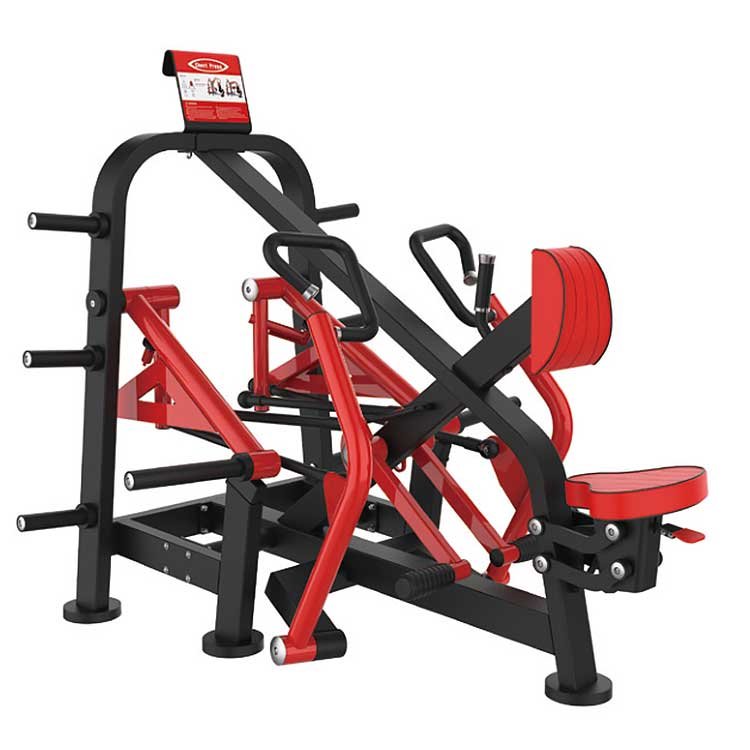
How is gym equipment tested for durability?
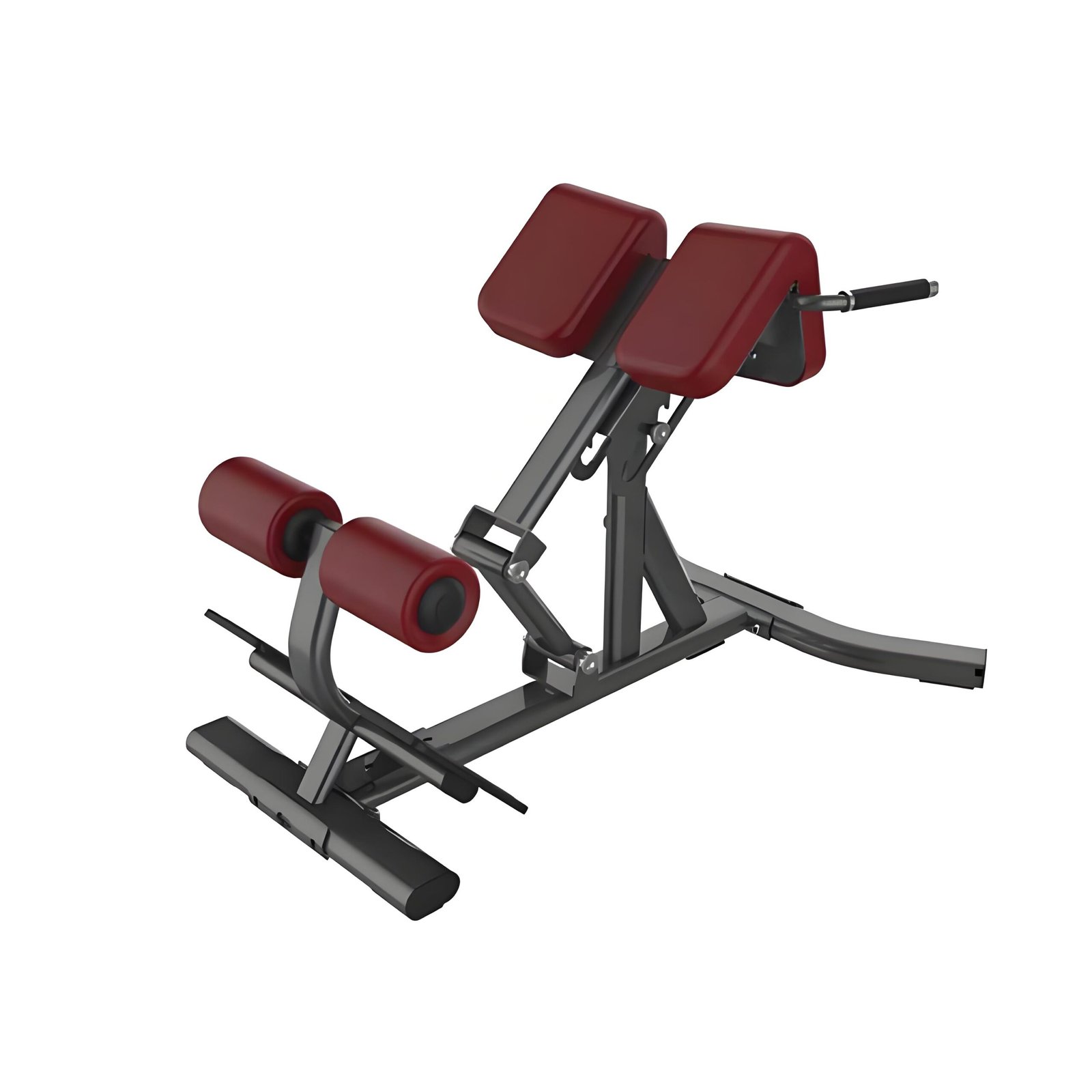
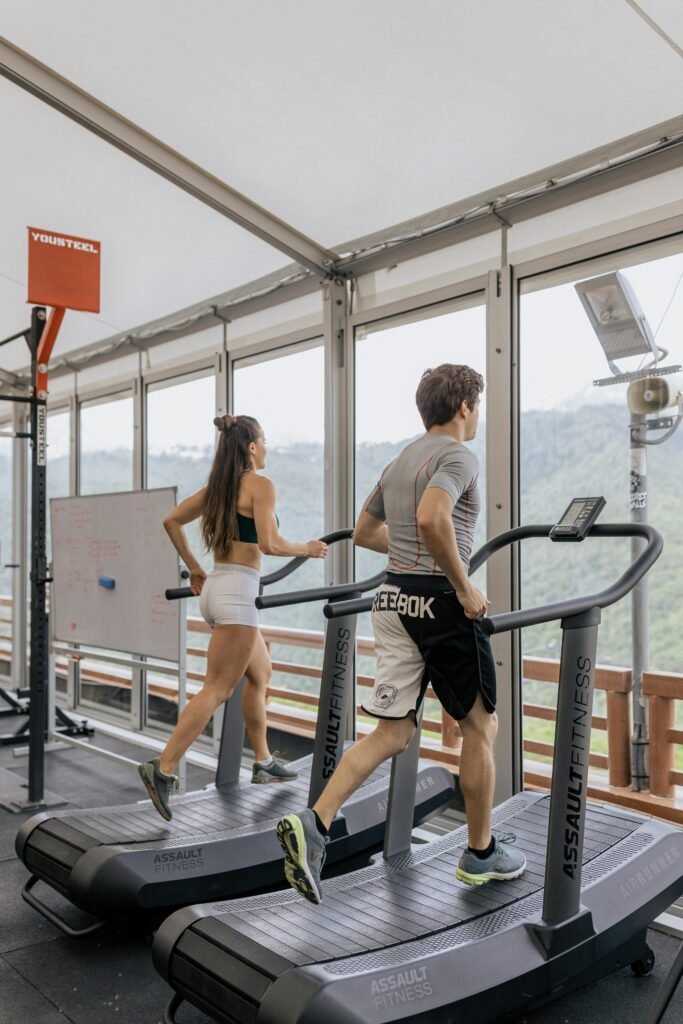
Medium Budget (10,000– 50,000)

High Budget (Over $50,000)
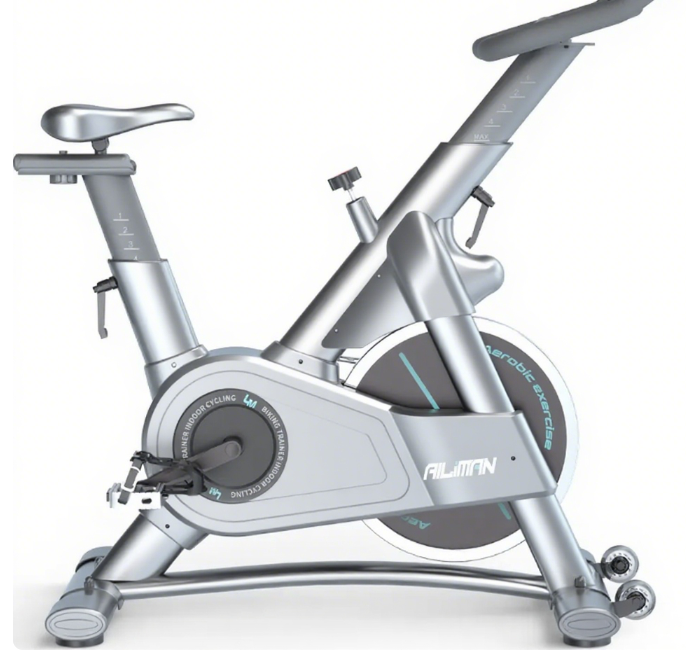
How to balance quality and cost when buying gym equipment?

What are the common mistakes to avoid when purchasing gym equipment?
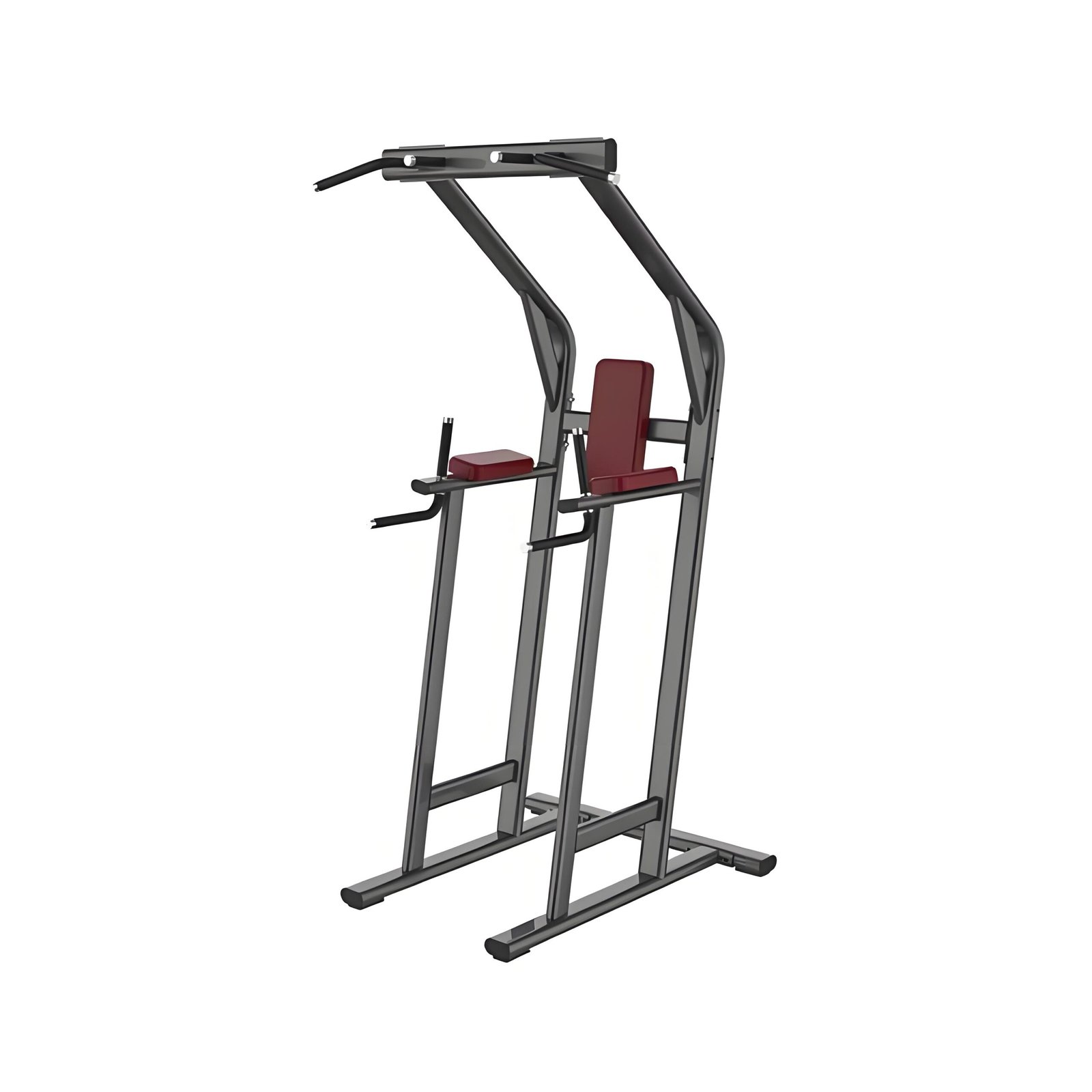
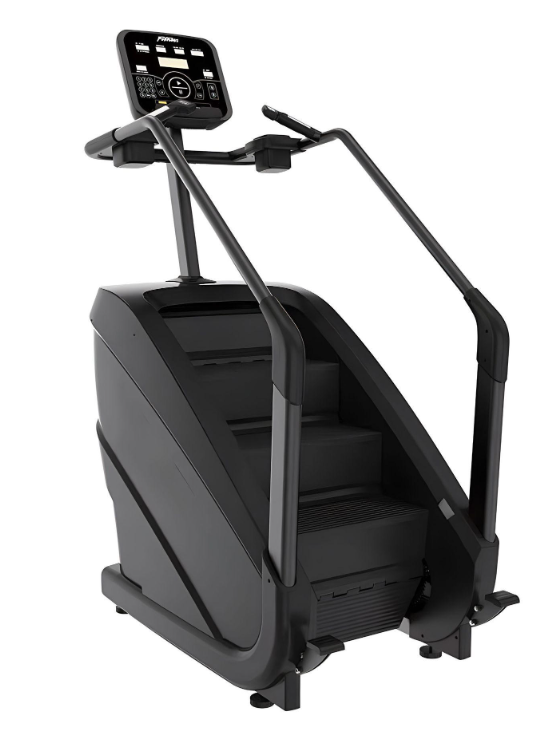
Gettinglong: Balancing Quality, Durability, and Affordability
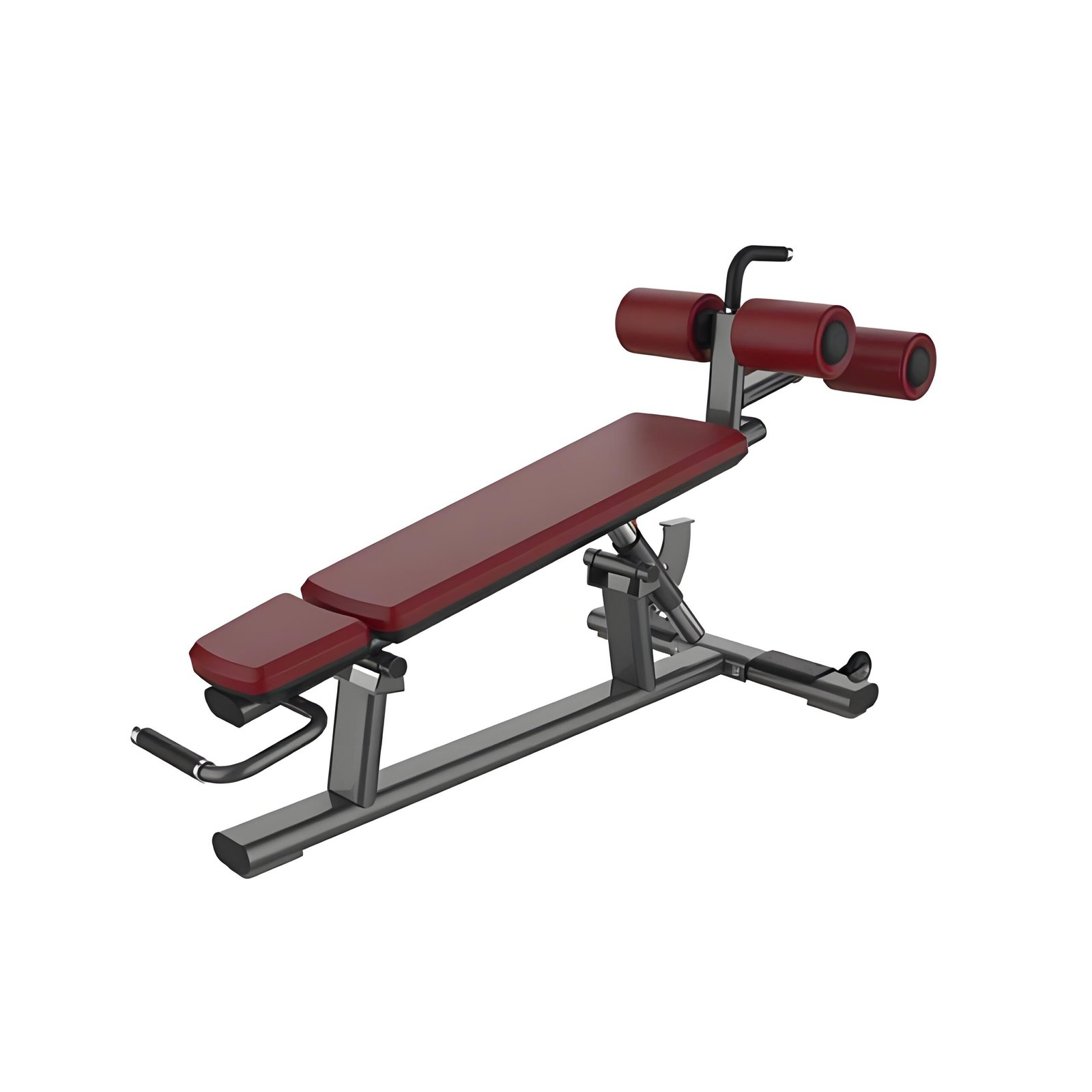
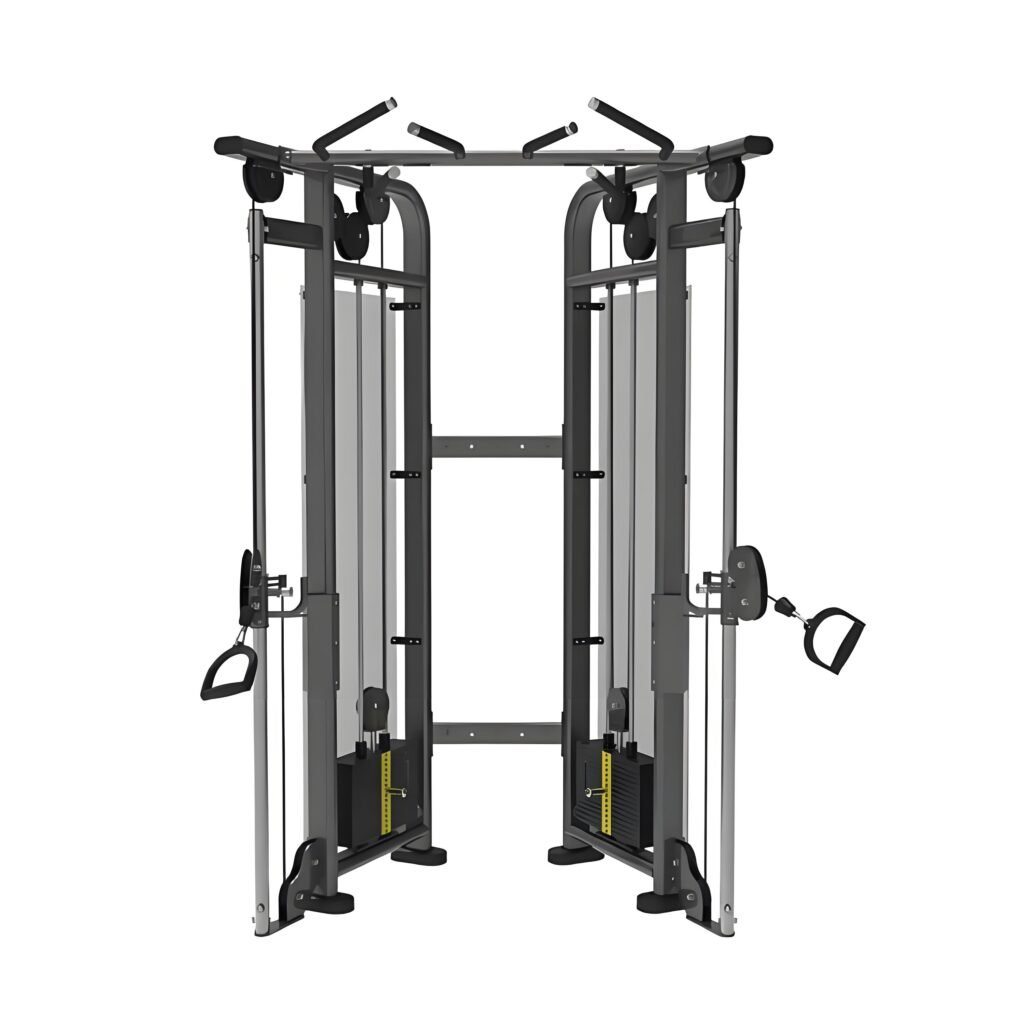
Conclusion
Durability testing is the backbone of reliable gym equipment, ensuring that it can withstand the demands of daily use. By understanding testing protocols, gym owners can make informed choices when selecting a GYM Manufacturer. Additionally, strategic procurement—whether on a low, medium, or high budget—allows for the best balance of quality and cost. Avoiding common mistakes further protects your investment. Partnering with a trusted manufacturer like Gettinglong ensures that you get equipment that is durable, cost-effective, and tailored to your gym’s needs, setting the stage for a successful fitness business.

